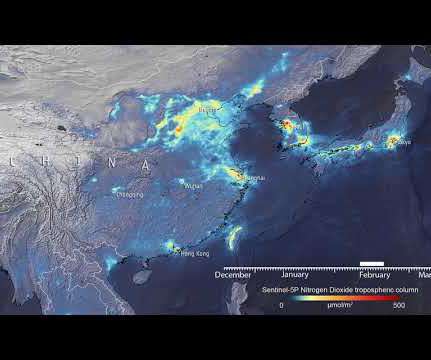Study provides more insight into air pollution mechanisms that cause cardiovascular diseases
Green Car Congress
AUGUST 24, 2018
Air pollution, and fine dust in particular, is calculated to contribute to more than four million deaths each year. While the mechanisms by which air pollutants cause cardiovascular events is undergoing continual refinement, the preponderant evidence support rapid effects of a diversity of pollutants including all particulate pollutants (e.g.















Let's personalize your content